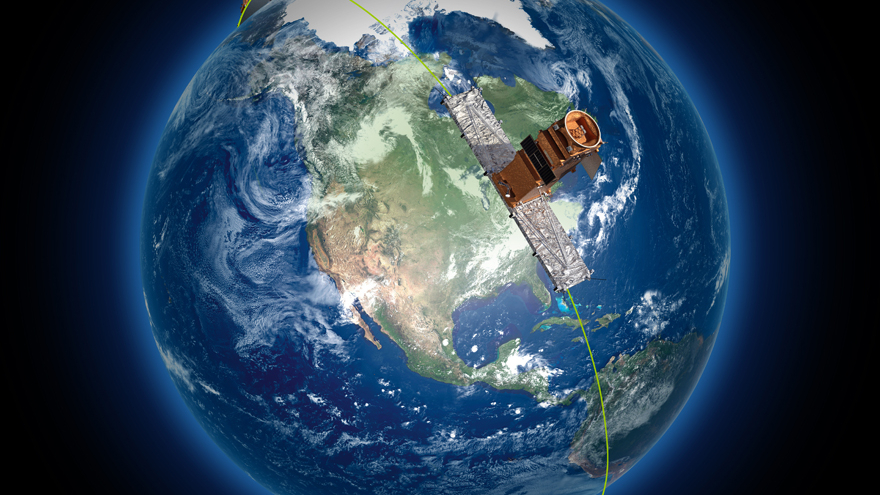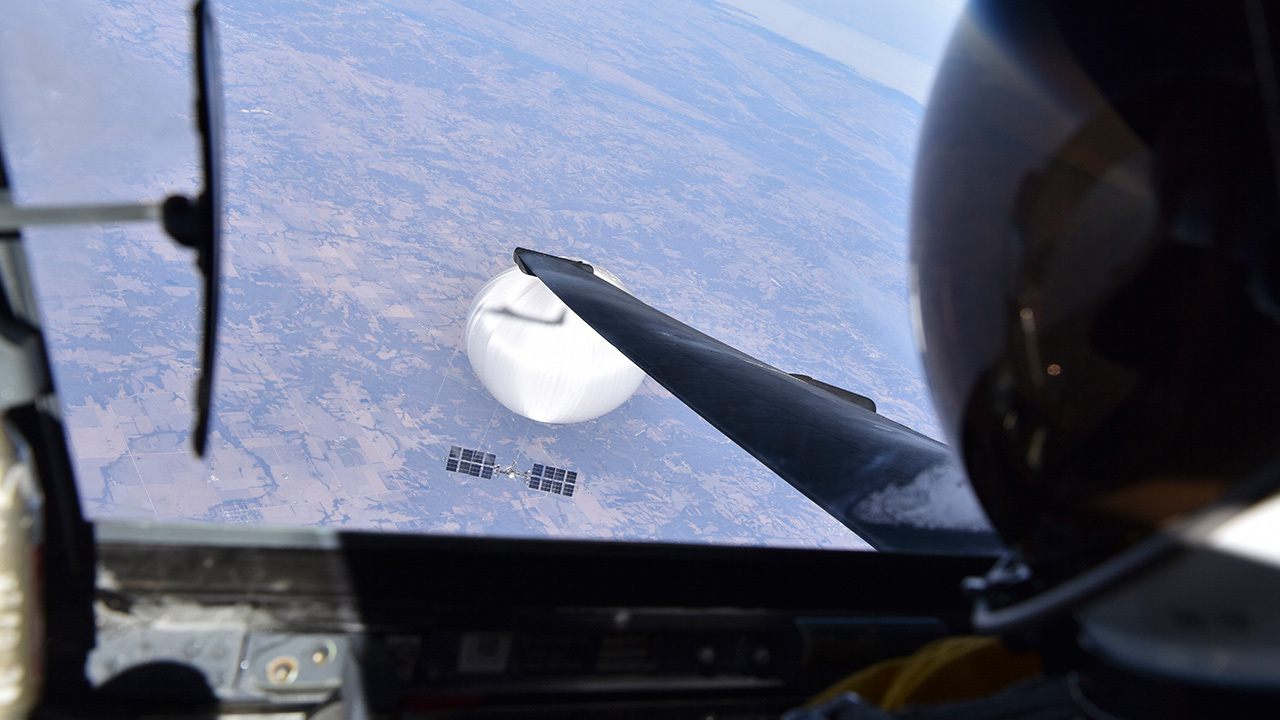Space threats, NORAD upgrade may spur new private defense spending in Canada

Canada, like the U.S., is looking to private industry to beef up its space security and military satellites.
The first Canada-U.S. NORAD Modernization Summit will be held north of the border, in the Canadian capital Ottawa, on Wednesday (May 1). NORAD, the North American Aerospace Defense Command, is the entity that monitors the air and space around Canada and the continental United States for any threats.
While most of the summit activities are classified, Canadian government officials know that radar coverage in the nation thins out considerably in the far north, as well as out past the coasts. So the country's defense department is working on implementing new technologies to increase coverage, military representatives told a Parliamentary committee meeting on Monday (April 29).
"That's why we are moving forward with over-the-horizon radar to solve that problem, covering those areas that are currently not covered," Lt. Gen. Blaise Frawley, NORAD deputy commander, told the Canadian Standing Committee on National Defence in the livestreamed meeting.
Related: What 8,000 hours flying military jets taught 2 Canadian astronauts
The U.S. and Canada are both concerned about emerging threats from Russia and China, including reports of Russian anti-satellite nuclear weapons along with the rise of Chinese spy balloons that entered NORAD airspace repeatedly in 2023.
Following their American allies, the Canadians are creating a commercial integration cell within their Canadian Space Operations Center, parliamentarians heard. The aim is to have companies standing by to to assist in collecting information for national security needs.
Breaking space news, the latest updates on rocket launches, skywatching events and more!
"It's become very clear to us and our allies, over the last little while, that this really needs to be a large team effort in terms of not just having defense capabilities, but certainly leveraging those of industry partners," said Brigadier-General G. Michael Adamson, commander of 3 Canadian Space Division, in the same livestream.
The division is the equivalent of the U.S. Space Force and aims to more deeply integrate space activities into the Canadian Armed Forces, Adamson told Space.com late last year.
Related: Canada's 'Space Force' soars with new astronaut assignments
Wednesday's NORAD summit is part of a "long, continual thing that will continue into the future," Frawley emphasized, which is why the government wants to develop and deepen relationships with possible Canadian partners.
"We want to make sure that we not only include Canadian industry, but hear how their space capabilities could help us with our future problems in the NORAD context," he continued.
Canada has committed about $28.3 billion ($36.6 billion US) to NORAD modernization activities for 20 years after June 2022, with aspects including detecting threats earlier and modernizing air weapons systems. This was after the U.S. and Canadian defense departments issued a joint statement in 2021 committing to improved situational awareness, modernized command and control systems, more research and development, and methods to deter airborne threats.
Adamson said in the Monday livestream that China is the "pacing threat" in terms of "adversarial challenges," and that Canada and the U.S. alike are looking for companies prepared to move swiftly on innovation and technological development.
"I think what we need to do is, we need to be consultative with industry to understand what new technology they may be working on, and where we might be able to utilize that for best effect," he said. But Canadian companies can only participate if they get their clearance levels to top secret, committee members heard.
There are already some satellite options that are exclusively for Canadian use, aside from sharing with Australia, New Zealand the U.K. and the U.S. — the other four members of the "Five Eyes" intelligence partnership. While the Canadian Space Agency (CSA) is a civilian organization, it collaborates with the defense department using the Radarsat satellite series. Radarsat is a generational set of satellites key for climate change monitoring, international disaster response and military surveillance.
In October 2023, the Canadian government pledged $1.012 billion CDN (roughly $740 million) over 15 years targeting Radarsat. That funding will do two things. The first is to add a fourth satellite to the already launched three-spacecraft Radarsat Constellation Mission (RCM) made by MDA Space. The satellite will launch as soon as possible to extend RCM's expected lifetime long past 2026.
The second aim of the funding is to see through the definition phase of a successor mission, called a "fourth-generation national sovereign satellite system," aiming to launch in the 2030s. More money will be required for manufacturing and launching that mission, however.
As for satellite surveillance, Canada has a decade-old satellite in orbit called Sapphire, also made by MDA Space. As the first dedicated military space surveillance satellite for Canada, it passively records the light from objects in space up to and a bit beyond geosynchronous orbit, which is 22,236 miles (35,786 kilometers) above Earth. This information is used to estimate orbital positions as part of the United States-led Space Surveillance Network.
The country also has two military astronauts working in civilian roles with the CSA: Artemis 2 moon astronaut Capt. Jeremy Hansen, and Boeing Starliner-1 International Space Station astronaut Capt. Josh Kutryk. Both Royal Canadian Air Force (RCAF) astronauts are expected to launch in 2025.
Supporting them on the ground, in Mission Control, will be Canadian Astronaut Coordination Officer Capt. Erin Edwards. Edwards is based at NASA's Johnson Space Center in Houston to "provide operational support to the Canadian astronaut corps," Adamson told Space.com in the past interview. Her duties will include being capcom (capsule communicator) and serving as NASA's deputy branch chief for crew operations to ensure that "astronauts are meeting training, currency and other requirements," Adamson added.

Elizabeth Howell (she/her), Ph.D., was a staff writer in the spaceflight channel between 2022 and 2024 specializing in Canadian space news. She was contributing writer for Space.com for 10 years from 2012 to 2024. Elizabeth's reporting includes multiple exclusives with the White House, leading world coverage about a lost-and-found space tomato on the International Space Station, witnessing five human spaceflight launches on two continents, flying parabolic, working inside a spacesuit, and participating in a simulated Mars mission. Her latest book, "Why Am I Taller?" (ECW Press, 2022) is co-written with astronaut Dave Williams.


